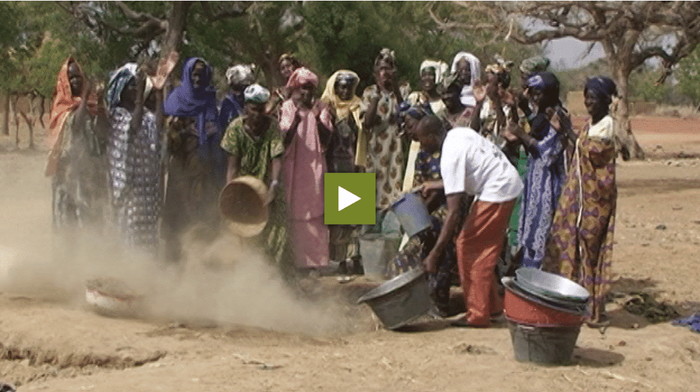With »Integrated soil fertility management« you orientate on four pillars to have a successful harvest.
If the soil looses fertility crops can‘t grow effectively. You can improve the soil by using organic matter, mineral fertilizer, improved varieties and good agricultural land management practices and adapt them to your local conditions. This process is called “integrated soil fertility“ and is divided in four pillars. Every soil is different and therefore reacts different on mineral and organic fertilizers. Soils which react on fertilizer can improve the harvest if they get enough improved fertilizer. Poor soils need more than that.
The four pillars
The first pillar is mineral fertilizer. It gives the soil nutrients but is quite expensive. Some farmers use micro doses of fertilizer, because even the small amounts help to improve the harvest. They add little amounts to every planting hole, which saves money. With super granules in flooded rice, farmers have to add half as much and expand their rice yield up to one tonne.
The second pillar is to use organic materials like crop residues, animal manure and compost. They have less nutrients then mineral fertilizer but help to keep the soil moist and loose. Organic materials add many kinds of minor nutrients, therefore plants can grow better. You can let your animals stay on the field by night. Then the animals will let their manure and urine there. Some farmers have goats to save their excretions to compost it afterwards. Composting helps the soil to catch fertilizers and making sure that the fertilizers don‘t blow away.
Pillar three is using improved varieties. Healthy varieties help harvesting more and often prevent different diseases. You will produce even more, if the soil is improved as well.
The last pillar is local adaption. Farmers produce different sorts and have to handle good agricultural, land and water management practices to find out what works best for them. Furthermore, for sloping lands it is important to pay attention and control soil erosion.



















